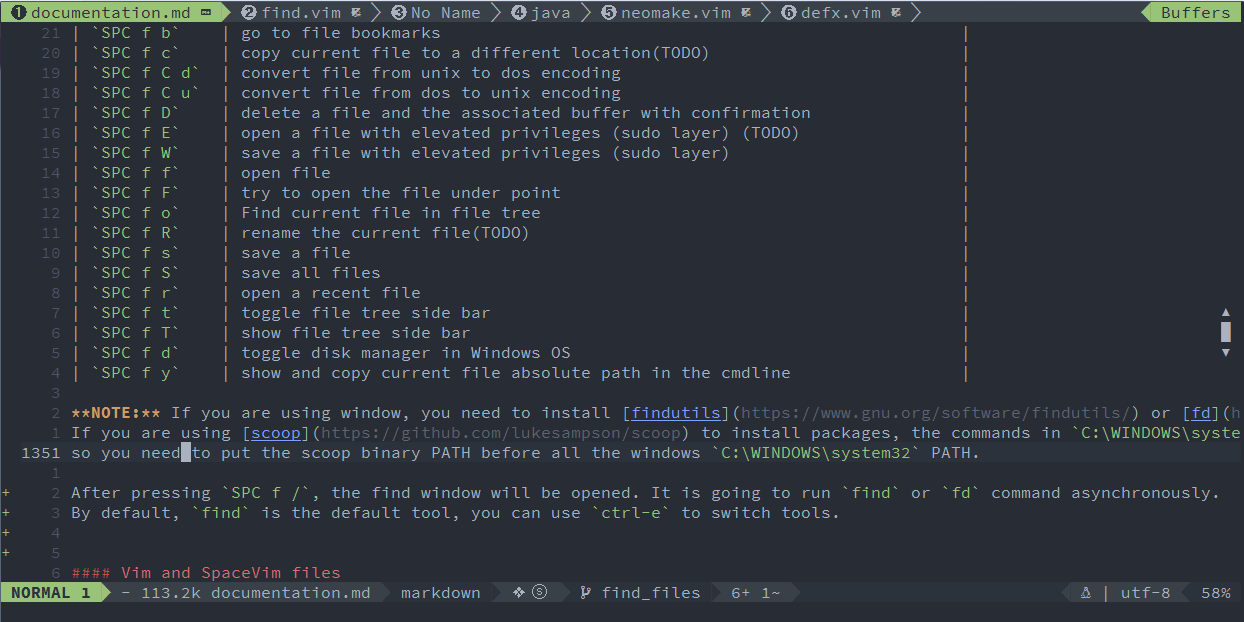

As long as both the NH3 and the NH4+ are.of a weak base will ionize as shown below:.Ammonia being a weak base will undergo Īmmonium, NH4+, being the conjugate acid.addition of OH- and H+, the pH of the buffer.are present in the buffer to react with the.As long as both the HC7H5O2 and the C7H5O2.was added to the buffer, so the original.produce more weak base as shown below:.amounts of a strong base to a buffer, you.as, NaOH, is added to the buffer, it will.

When a small amount of a strong base such.added to the buffer, so the original does.The H+ mainly comes from the HCl that was produce more weak acid as shown below:.amounts of a strong acid to a buffer, you.As odd as it may sound, when you add small.as, HCl, is added to the buffer, it will.When a small amount of a strong acid such.There are four reacting species to consider: The key to this buffer as with all buffers lie.of a weak acid will hydrolyze as shown below:.electrolyte will completely dissociate as īenzoate, C7H5O2-, being the conjugate base.Benzoic acid being a weak acid will ionize.A buffer can be prepared by mixing a weak acid such as benzoic acid, HC7H5O2, and a salt containing the anion of that acid such as potassium benzoate, KC7H5O2.Ī buffer can be prepared by mixing a weak base such as, NH3, and a salt containing the cation of the base such as, NH4Br.A buffer can be made in either of two ways: Buffers Buffers are solutions that undergo a minimal pH change when small quantities of a strong acid or a strong base is added.


 0 kommentar(er)
0 kommentar(er)
